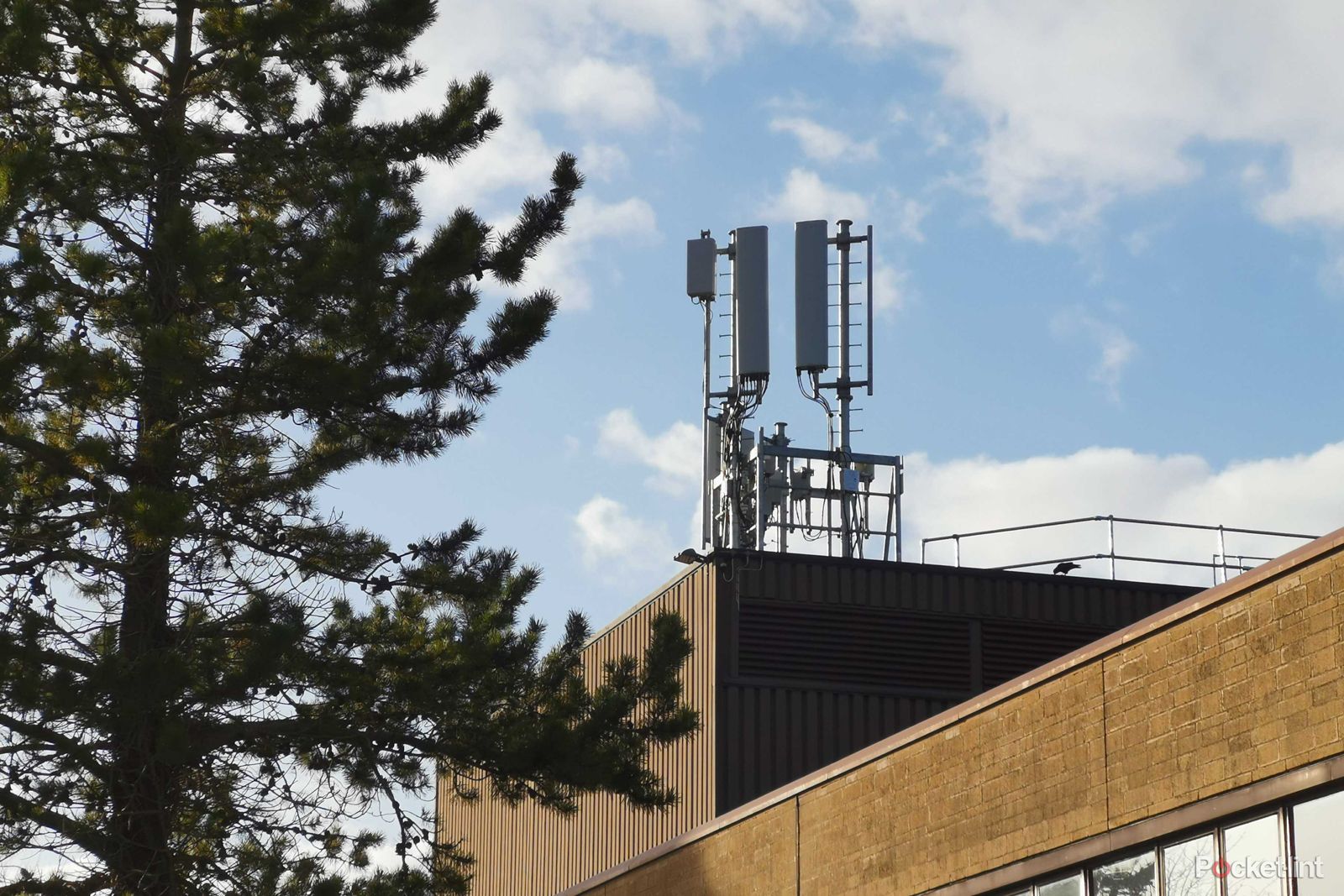Three has announced a boost to its 5G network for rural areas, with 110 new sites now covered. The sites include some smaller towns and villages with populations as low as 1,000.
Three says it is planning to connect 2,500 new sites to 5G over the next few years as part of its wider 5G rollout.
The announcement is the latest in a line from the major networks as they beef up rural coverage. Much of this is being done with improvements to the 4G network as the networks try to cover off dead spots and areas where there is only one provider as they ready themselves for the switch-off of 3G.
Three is also making the case that what it calls 5G Wifi (cellular-based home and business broadband, in other words) is a "cheaper, quicker solution" than wired broadband for areas where it is difficult to install fibre, a solution that could well prove useful for areas where it is inefficient to instal fibre to the door.
It certainly should be cheaper for the consumer to install and run rather than paying for a cable to be dug into the ground.
Three is campaigning for the UK Government to make it easier to roll this out through planning reforms - though judging by the opposition to 5G masts that we're seeing in urban areas, this could be a challenge.
Analyst Kester Mann from CCS Insight suggests that "although current broadband networks are sufficient for many of today’s needs, future demand for more data-intensive services will soon start to push their limits.
"The Government’s ambition to reach at least 85% of UK premises with gigabit-capable broadband by 2025 is an ambitious target."
Mann further suggests that the Government needs to act to "remove barriers to network deployment".

